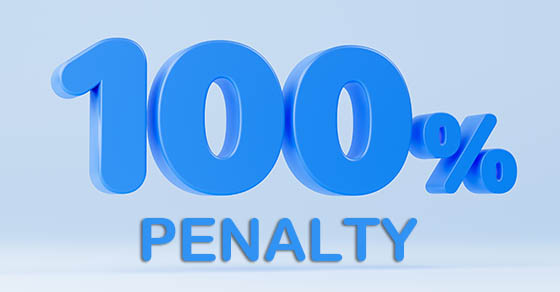Your business can set up an educational assistance plan that can give each eligible employee up to $5,250 in annual federal-income-tax-free and federal-payroll-tax-free benefits. These tax-favored plans are called Section 127 plans after the tax code section that allows them.
Plan basics
Sec. 127 plans can cover the cost of almost anything that constitutes education, including graduate coursework. It doesn’t matter if the education is job-related or not. However, you can choose to specify that your Sec. 127 plan will only cover job-related education. Your business can deduct payments made under the Sec. 127 plan as employee compensation expenses.
To qualify for this favorable tax treatment, the education must be for a participating employee — not the employee’s spouse or dependent. Also, the plan generally can’t cover courses involving sports, games or hobbies.
If the employee is a related party, such as an employee-child of the owner, some additional restrictions apply that are explained below.
Plan specifics
Your Sec. 127 plan:
1. Must be a written plan for the exclusive benefit of your employees.
2. Must benefit employees who qualify under a classification scheme set up by your business that doesn’t discriminate in favor of highly compensated employees or employees who are dependents of highly compensated employees.
3. Can’t offer employees the choice between tax-free educational assistance and other taxable compensation, like wages. That means the plan benefits can’t be included as an option in a cafeteria benefit program.
4. Doesn’t have to be prefunded. Your business can pay or reimburse qualifying expenses as they’re incurred by an employee.
5. Must give employees reasonable notification about the availability of the plan and its terms.
6. Can’t funnel over 5% of the annual benefits to more-than-5% owners or their spouses or dependents.
Payments to benefit your employee-child
You might think a Sec. 127 plan isn’t available to employees who happen to be children of business owners. Thankfully, there’s a loophole for any child who’s:
- Age 21 or older and a legitimate employee of the business,
- Not a dependent of the business owner, and
- Not a more-than-5% direct or indirect owner.
Avoid the 5% ownership rule
To avoid having your employee-child become disqualified under the rules cited above, he or she can’t be a more-than-5% owner of your business. This includes actual ownership (via stock in your corporation that the child directly owns) plus any attributed (indirect) ownership in the business under the ownership attribution rules summarized below.
Ownership in your C or S corporation business is attributed to your employee-child if he or she: 1) owns options to acquire more than 5% of the stock in your corporation, 2) is a more-than-5% partner in a partnership that owns stock in your corporation, or 3) is a more-than-5% shareholder in another corporation that owns stock in your corporation. Also, a child under age 21 is considered to own any stock owned directly or indirectly by a parent. However, there’s no parental attribution if the child is age 21 or older.
Ownership attribution for an unincorporated business
What about an unincorporated business? You still have to worry about ownership being attributed to your employee-child under rules analogous to the rules for corporations. This includes businesses that operate as sole proprietorships, single-member LLCs treated as sole proprietorships for tax purposes, multi-member LLCs treated as partnerships for tax purposes or partnerships.
Payments for student loans
Through the end of 2025, a Sec. 127 plan can also make tax-free payments to cover principal and interest on any qualified education loan taken out by a participating employee. The payments are subject to the $5,250 annual limit, including any other payments in that year to cover eligible education expenses.
Talent retention
Establishing a Sec. 127 educational assistance plan can be a good way to attract and retain talented employees. As a bonus, the plan can potentially cover your employee-child. Contact us if you have questions or want more information.





